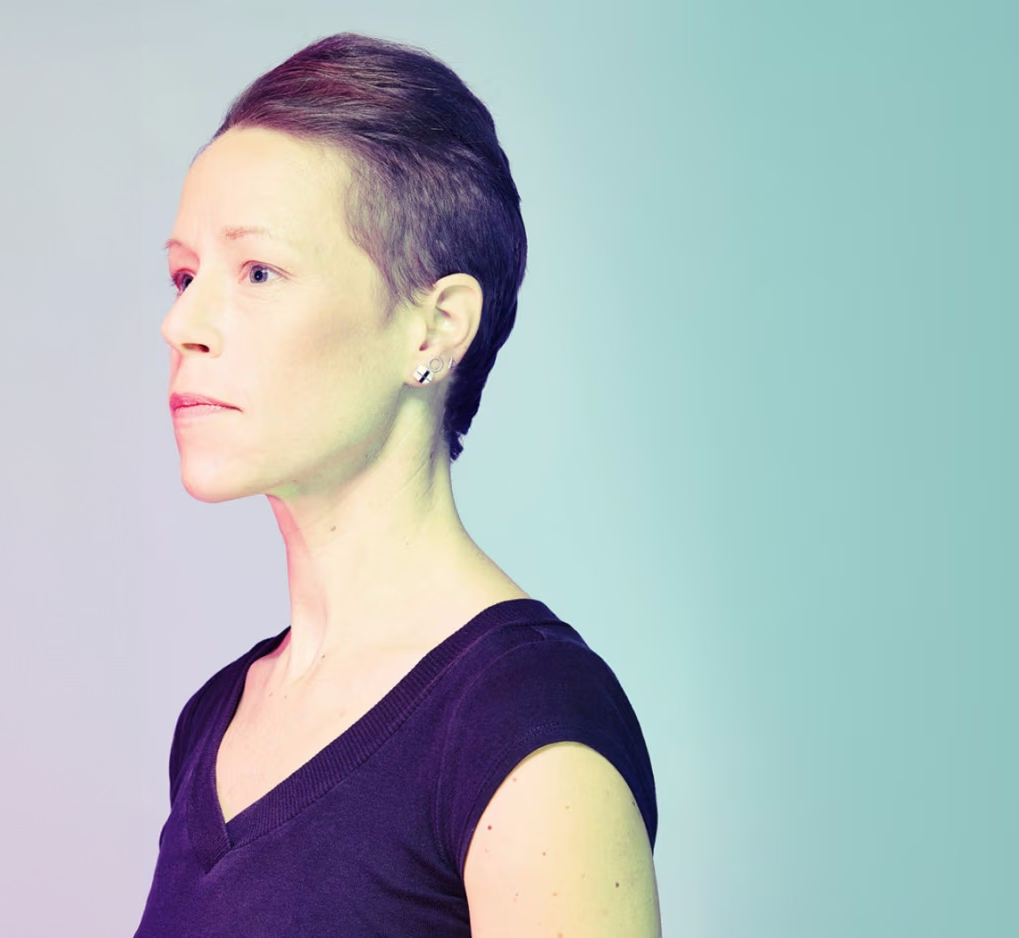
What comes to mind when someone is described as “scum”? A lowlife. A criminal. A degenerate. That’s exactly what Big Tobacco thinks of people who identify as LGBTQ+, even naming a marketing plan targeting LGBTQ+ in San Francisco “Project SCUM.”1
Tobacco companies were among the first to “support” LGBTQ+ communities – but they were never allies. They sought to demonstrate their allegiance by advertising in LGBTQ+ publications and sponsoring community and pride events. They exploit any feelings of isolation and despair this community experiences by promoting smoking as a way to bond with one another and relieve stress.1
Over the past ten years, the smoking rate of LGBTQ+ populations has dropped by nearly half – the biggest drop of any group.2
But Big Tobacco doesn’t just sell cigarettes anymore – they’ve flooded the market with new tobacco products, such as e-cigarettes, to keep people addicted. Unfortunately, the overall tobacco use rate for LGBTQ+ populations is still high at 24 percent.3
LGBTQ+ communities don’t need Big Tobacco to keep their pride.


Tobacco’s impact on health disparities in California
For decades, the tobacco industry has aggressively targeted California’s diverse communities with predatory practices. Internal documents from Big Tobacco outline their strategies – many of which are shocking attempts to peddle deadly products by way of product discounts and manipulative advertising. They even gave away free products to youth in the past. These tactics masquerade as support for communities under the guise of cultural celebration.
Unfortunately, the tactics have worked. Big Tobacco aggressively targeted communities and, as a result, some populations have higher rates of tobacco use, experience greater secondhand smoke exposure at work and at home, and have higher rates of tobacco-related disease than the general population.4
Addressing tobacco-related health inequities is key to California’s efforts to fight tobacco, our state’s number one cause of preventable death and disease.5 Tobacco use, pricing, and its impact across California were analyzed where significant disparities were found across various populations. See how Big Tobacco affects each community in the Nation’s most diverse state.